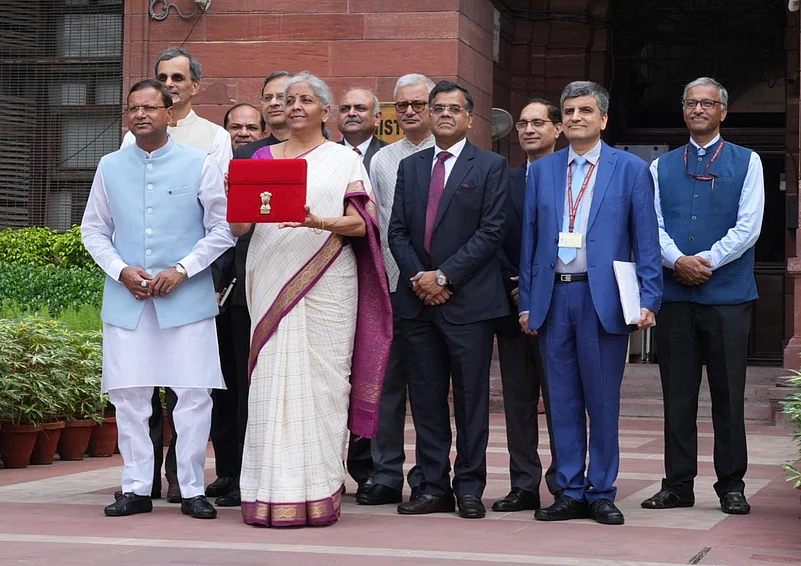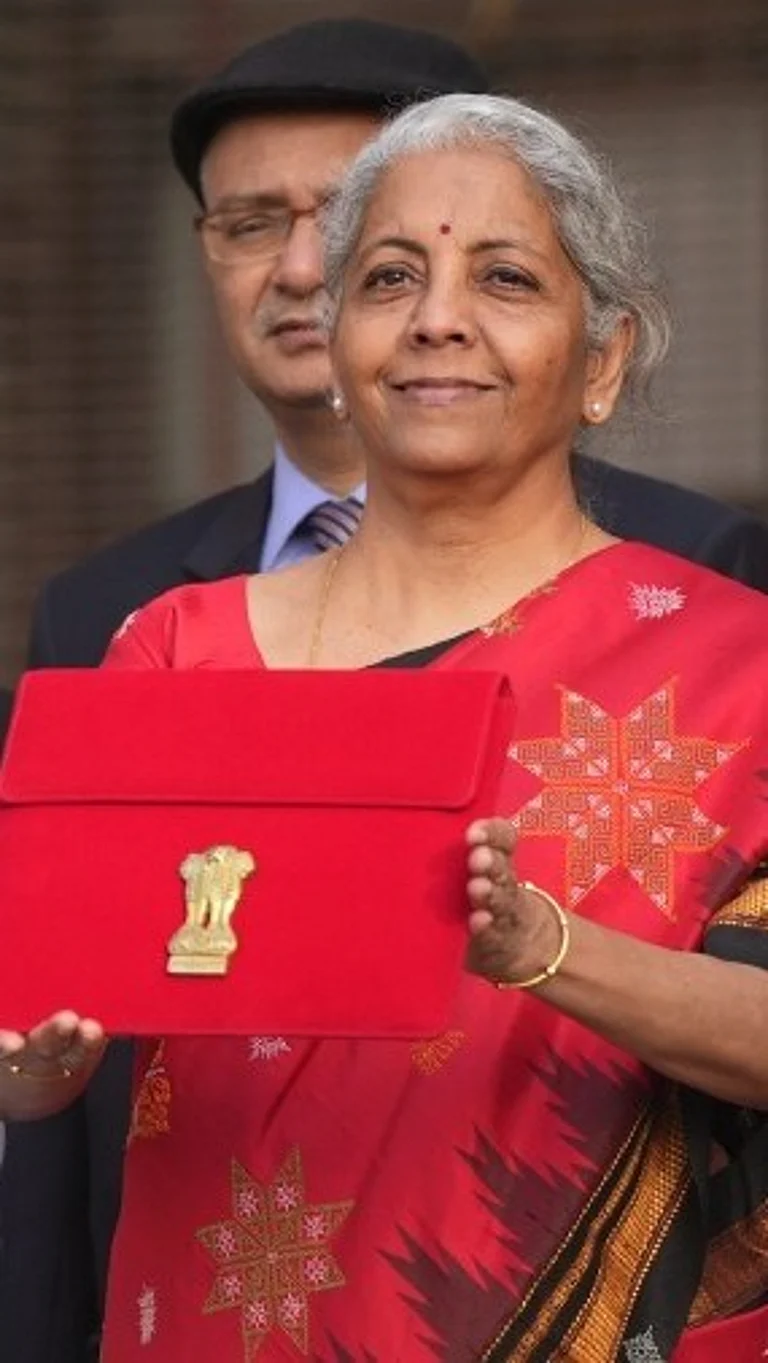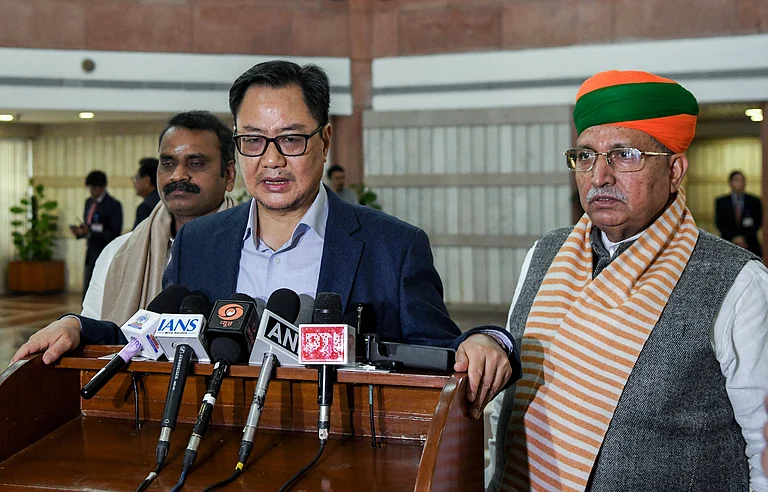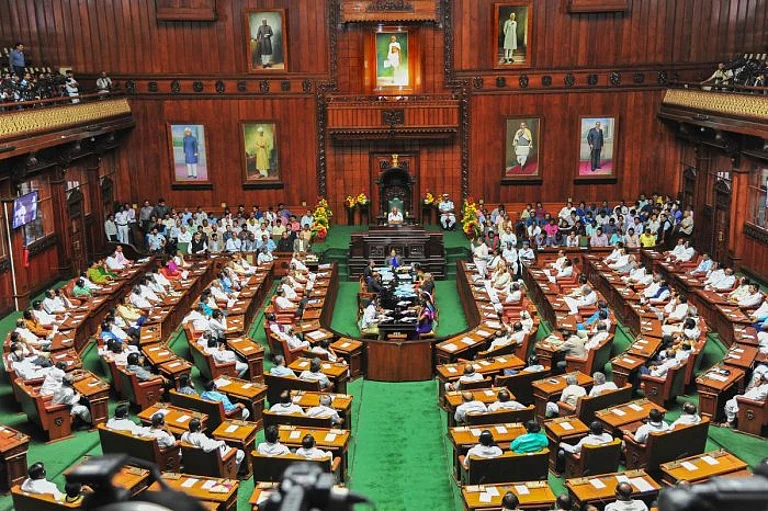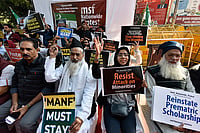The National Democratic Alliance (NDA) government has unveiled its eleventh consecutive Union Budget. During the recent general election, rising unemployment, inequality and inflation emerged as critical issues. In response, the budget speech highlighted a substantial initiative aimed at addressing high unemployment: the ‘Employment Linked Incentive’, part of the Prime Minister’s package, which includes an Internship programme with top 500 corporates. For these initiatives, the Ministry of Labour and Employment and the Ministry of Corporate Affairs have allocated Rs 12,000 crore.
However, there remains considerable ambiguity about the operational aspects of these schemes. There is concern that these supply-side interventions, reliant on the corporate sector’s willingness, may not provide short-term relief. Wage subsidies and skill development alone cannot resolve the current unemployment crisis without also addressing demand-side needs. Notably, the unemployment rate increased from just above 2% in 2000 and 2012 to 5.8% in 2019.
Beyond unemployment, the budget’s social spending targets for education, health, social security and marginalised groups have either remained stagnant or experienced only marginal increases compared to the previous year’s allocations.
According to the Economic Survey 2023-24, the share of education in the combined expenditure of the Centre and states decreased to 9.2% in 2023-24 (BE) from 10.1% in 2008-09. Similarly, public spending on education as a percentage of the GDP has declined from 2.9% in 2008-09 to 2.7% in 2023-24 (BE), falling short of the National Education Policy, 2020’s benchmarks.
Healthcare spending also remains inadequate, with the share of healthcare spending, including water and sanitation, decreasing to 1.8% of GDP from 1.9% the previous year, falling short of the government’s promised 2.5% of GDP for healthcare. Insufficient healthcare spending has led to a lack of specialists and equipment at Community Health Centres.
Allocations for flagship social sector programs have seen only marginal increases, resulting in insufficient unit costs for beneficiary services and frontline worker honoraria amidst high inflation. These programs include the National Social Assistance Programme, Poshan, Saksham Anganwadi, Samagra Shiksha, the National Health Mission and MGNREGA.
The budget allocation for marginalised communities, including minorities, Scheduled Castes (SCs), Scheduled Tribes (STs), persons with disabilities and gender and child-focused programs, is underwhelming. The budget estimate for 2024-25 stands at Rs 3,183.24 crore, up from Rs 3,097.60 crore in 2023-24.
Despite low development indicators for minorities, the Ministry of Minority Affairs (MoMA) saw a drastic 38% reduction in its budget last year (a decrease of Rs 1,913 crore from 2022-23). The ministry’s share of the total Union Budget has fallen to 0.06% in 2024-25 (BE) from 0.12% in 2022-23 (BE), with this year’s total allocation almost equal to that of 2012-13.
The budget cuts for the MoMA are largely due to the discontinuation of several schemes, including the Maulana Azad National Fellowship, interest subsidies on educational loans for overseas students, free coaching schemes and reductions in the Pre-Matric Scholarship for classes 9-10, among others.
Additionally, many major schemes, such as the Merit-cum-Means Scholarship, Pre-Matric Scholarship Scheme, Free Coaching and the Pradhan Mantri Jan Vikas Karyakram (PMJVK), have seen reductions.
Implementation issues, such as poor fund utilisation, inadequate beneficiary coverage and delays in fund release, have plagued the MoMA, which has not fully utilised its allocated funds in recent years. In 2020-21, the ministry spent Rs 3,998.57 crore out of a BE of Rs 5,029.10 crore and Rs 4,325.24 crore out of Rs 4,810.77 crore in 2021-22. The actual expenditure in 2022-23 was Rs 802.69 crore out of a Rs 5,020.50 crore outlay.
Policy strategies for SCs and STs, namely the Scheduled Caste Sub Plan (SCSP) and the Tribal Sub Plan (TSP), have been rebranded as the Development Action Plan for SCs and STs (DAPSC & DAPST) since 2017-18. The number of ministries allocating funds under the DAPSC has increased, with 40 ministries and departments reporting allocations for 2024-25. The absolute allocation for the DAPSC has risen marginally to Rs 1,65,597.70 crore in 2024-25 (BE) from Rs 1,59,147.79 crore in 2023-24 (BE).
However, the share of DAPSC allocation remains below the 16.2% recommended by the NITI Aayog. Unspent funds and surrendering of allocations have been common issues. The allocations for the DAPST are proportional to the ST population, with 46 ministries, departments and UTs reporting allocations.
Nonetheless, policy design shortcomings, inadequate resource allocation and poor implementation and monitoring continue to undermine the effectiveness of the DAPSC and the DAPST. Notional allocations in general sector schemes, lacking scientific methodology, inflate the reported budgets without delivering tangible benefits. Research indicates that many funds do not reach grassroots levels due to ineffective decentralised planning, and schemes addressing priority sectors often fail to meet community needs due to weak planning processes.
In addition, development schemes in areas such as roads, major irrigation and large-scale power projects under the DAPSC and the DAPST do not offer immediate benefits to SCs and STs (Analysis of Union Budget, 2024-25-CBGA).
(Jawed Alam, Institute of Policy Studies and Advocacy, New Delhi. He can be contacted at jawedalamk@gmail.com)






